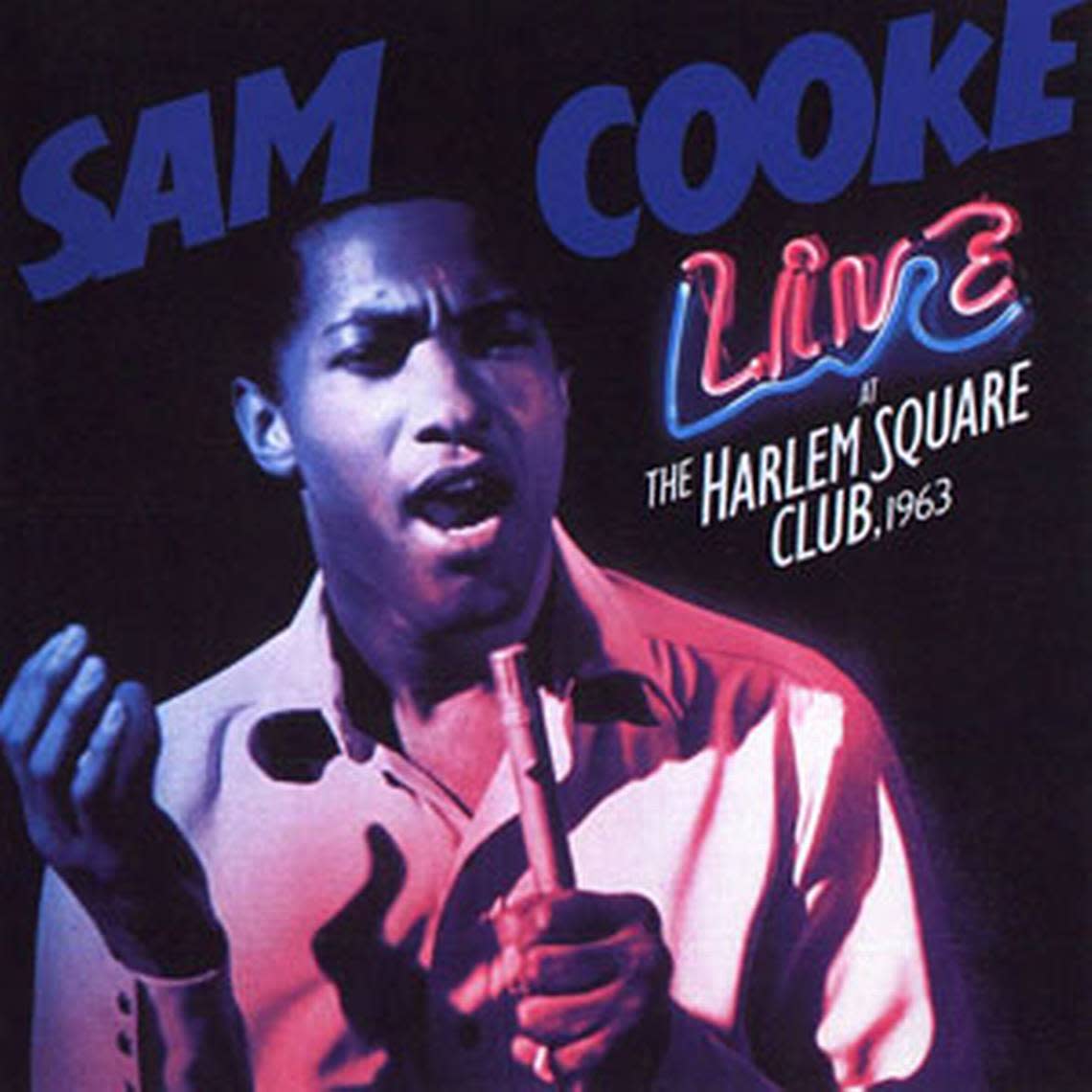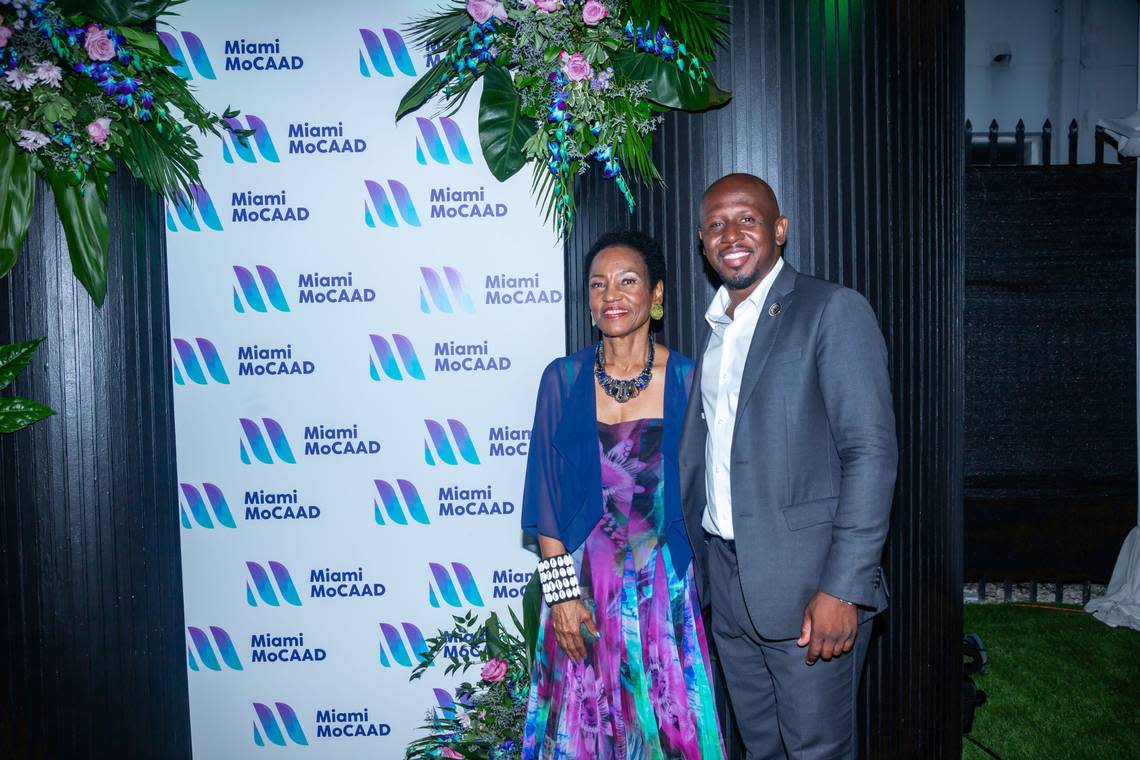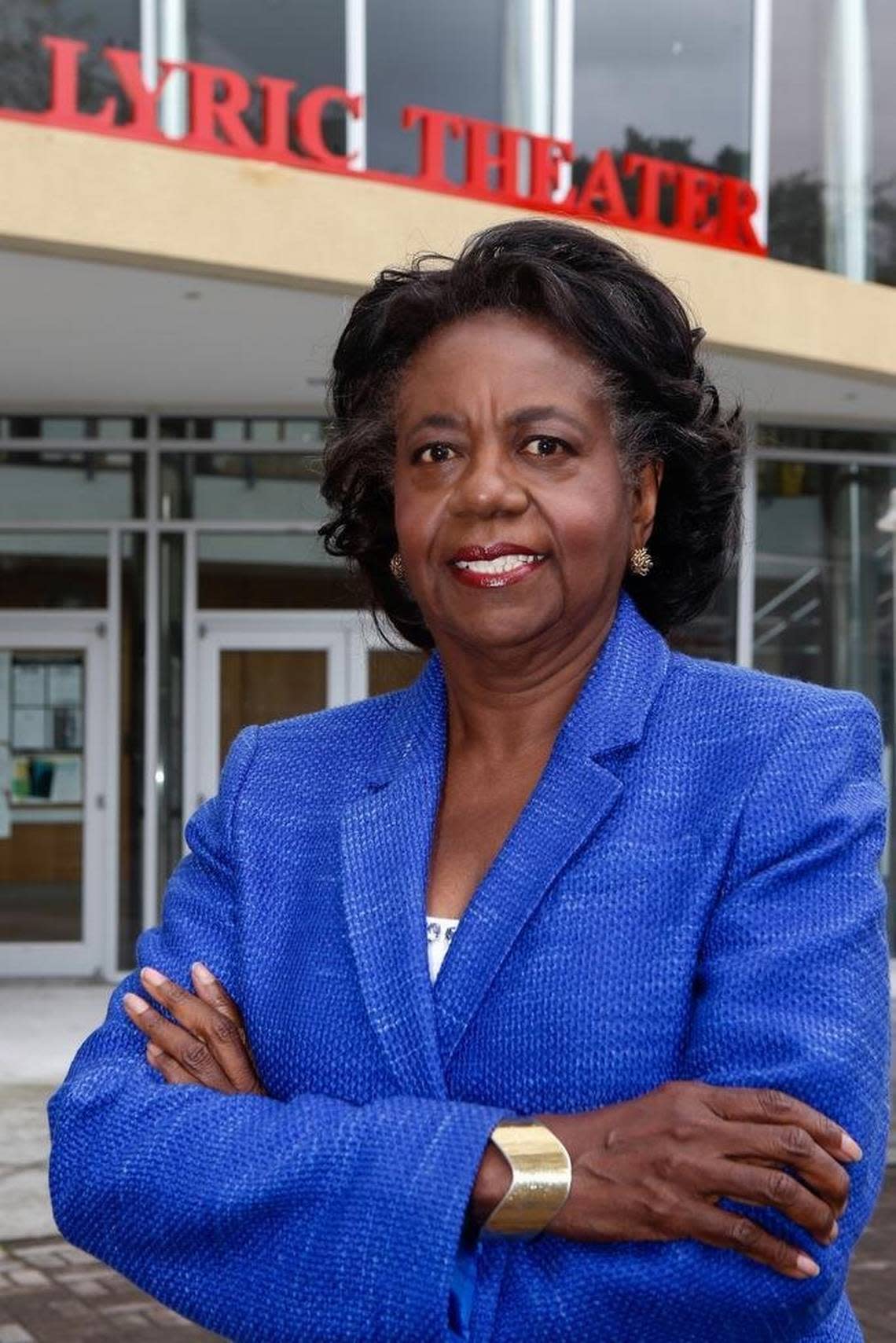Miami’s rich Black history showcased in museum event at historic Overtown site
On Monday evening In Miami’s Historic Overtown, a dark blue velvet sky provided a perfect canvas for the Miami Museum of Contemporary Art of the African Diaspora (MoCAAD)’s new digital exhibition, kicking off Soul Basel and Miami Art Week in style.
The event also celebrated the premiere of the documentary, “This Life: Black Life in the Time of Now.”
“Our team has created a hybrid museum that leverages technology to inspire curiosity, expand accessibility and innovate virtual and in-person museum experiences,” said Marilyn Holifield, the museum’s co-founder and visionary for this extraordinary new project. “The virtual exhibit, hosted on the Microsoft portal, serves as an art gallery for students, inspiring art and technology projects.”
The event was at The Urban, 1000 NW Second Ave., a spacious outdoor venue in Overtown founded by Overtown native Keon Wiliams.

Over 60 years ago, the nationally acclaimed singer-songwriter Sam Cooke recorded a live album at the Harlem Square Club, a nightclub and dance hall where The Urban sits now. “Live at the Harlem Square Club, 1963” is included on Rolling Stone’s list of the 500 Greatest Albums of All Time.

Second Avenue, from northwest Sixth to 11th streets, originally known as Avenue G, was once mostly Black-owned businesses. I asked several residents from pioneer families what they remembered about the area.
Miami attorney H.T. Smith recalled Polite’s Restaurant owned by his grand uncle and aunt, Edmund and Willie Ann Polite; the office of Dr. Hawkins, a dentist; the law office of Lawson Thomas, Miami’s first Black judge; Clyde Killens’ pool hall, now the Red Rooster restaurant; the Mary Elizabeth Hotel and the Lyric Theater.
Coconut Grove native Leona Cooper Baker remembers the Chop Suey Restaurant. Carol Davis Henley, one of Dr. Ira P. Davis’ daughters, recalled her father’s dental office and that of another dentist, Dr. Murrell. There were three Black dentists in the same block!
In 1944, outside of Dr. Davis’ office, Miami’s first Black policemen (then called patrolmen) were sworn in. Recently, a street in the area was named to honor Dr. Davis for helping lead the struggle for racial equality for Blacks in Miami, 1930-1970.
My maternal grandparents’ home was located on Northwest 10th Street near First Avenue. In addition to the Lyric Theater, there was the Ritz Theater, Pharr’s Funeral Home (a space was provided there for Ruth W. Greenfield, a University of Miami music professor who started the Fine Arts Conservatory), the International Longshoreman #1416 Hall, and the Dorsey and Mary Elizabeth hotels.
Childhood friends Miami Herald Neighbors columnist Bea Hines, Rep. Frederica S. Wilson and Miami-Dade County School Board Member Dorothy Bendgross Mindigall also remember the area well.
Dr. Nelson Adams, a doctor who is on MoCAAD’s board of directors, and James McQueen, director of the Southeast Overtown Park West CRA, also walked those same streets, although later than we did.
Overtown was frequented by visitors and tourists in its heyday in the 1950s and 60s, prior to I-95. By the early 1970s, Overtown was in decline. Eventually, the Harlem Square Club and many other structures were razed in the name of progress.
But while the land was vacant for decades, memories linger, with a spiritual connection demonstrating the resilience of Miami’s Black community on sacred land.
New memories were made at Monday’s museum opening. Under the curation of Anthony Bogues, the inaugural director of the Ruth J. Simmons Center for the Study of Slavery and Justice at Brown University, “This Life” showcased a captivating and illuminating journey into Black life globally.
Through the lens of four artists — Rosana Paulino, Renold Laurent, Nontsikelelo Mutiti and Mark Thomas Gibson — “This Life” wove together together a mosaic that confronts societal structures, explores beauty, reflects oral languages and celebrates the resilience of Black female art forms. The documentary featured Emmy-nominated writer and poet Christell Victoria Roach, a descendant of Overtown’s pioneer Ward-Ingraham family.
When the evening ended, Marilyn Holifield proudly showcased MoCAAD’s new logo. As the crowd left, there was talk of the night’s amazing setting at The Urban, a destination located on the land assigned to our ancestors and now open for all to celebrate life’s greatness.
Going forward this could be a good sign as we seek freedom, justice, affirmation, authenticity and diversity of the Black experience, connecting the suppressed creative genius within us.
If you go
Miami MoCAAD’s next virtual exhibit/documentary, “The Day I Heard the Sounds of the World: Art,” will be shown March 21, 2024, at the Historic Lyric Theater, 819 NW Second Ave. For more information, visit MIAMI MOCAAD
Dorothy Jenkins Fields is an historian, certified archivist, historic preservationist and founder of The Black Archives, History and Research Foundation of South Florida, Inc.

